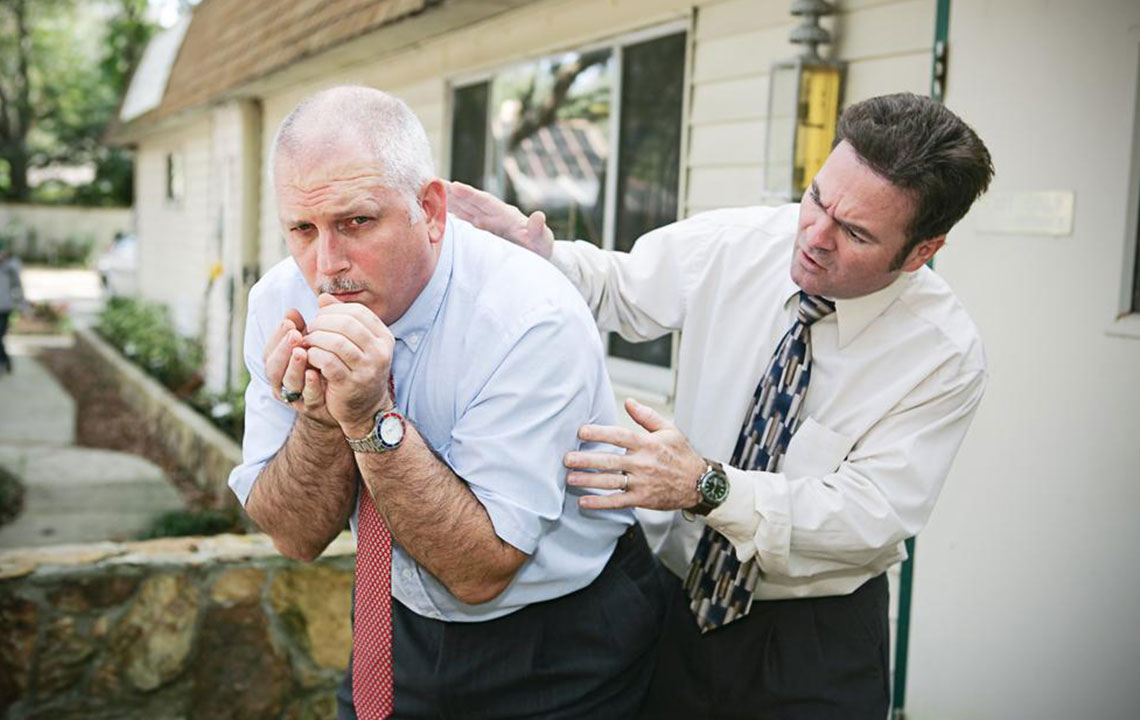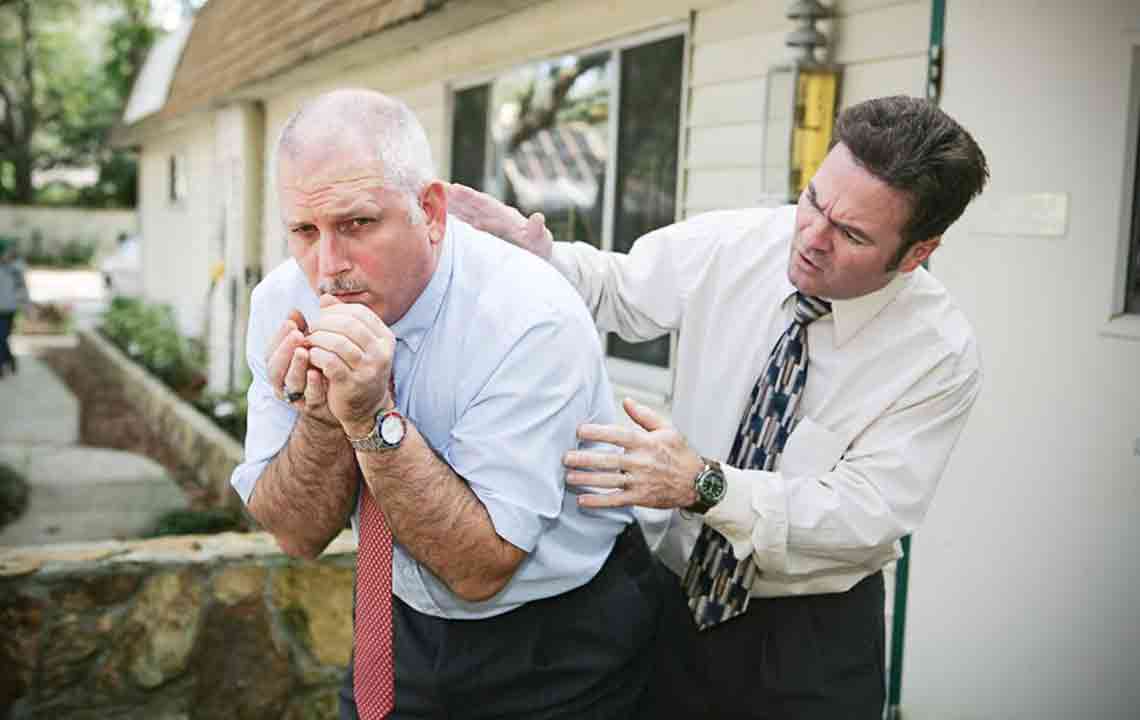Comprehensive Guide to Recognizing Pneumonia: Symptoms, Signs, and When to Seek Help
Learn about pneumonia's signs and symptoms, including early indicators, differences in viral and bacterial forms, special considerations for elderly patients, and when to seek urgent medical care. This comprehensive guide helps you understand, recognize, and respond to pneumonia effectively, emphasizing early diagnosis and prevention methods to protect your respiratory health.

Comprehensive Guide to Recognizing Pneumonia: Symptoms, Signs, and When to Seek Help
Pneumonia is a serious respiratory infection that affects millions worldwide. This condition arises when the tiny air sacs within the lungs, known as alveoli, become inflamed and filled with fluid or pus. Such inflammation hampers the lungs' ability to transfer oxygen into the blood and remove carbon dioxide, leading to a range of symptoms that can significantly impact daily life and health. Recognizing the signs and symptoms of pneumonia early is crucial for prompt treatment and preventing complications. This detailed guide aims to provide an in-depth understanding of pneumonia, including its causes, symptoms, distinctive signs in different age groups, and when to seek medical attention.
Understanding Pneumonia: Causes and Transmission
Pneumonia can be caused by various microorganisms, primarily bacteria, viruses, and fungi. The most common bacterial culprit is Streptococcus pneumoniae, yet viral pneumonia, often caused by influenza viruses, respiratory syncytial virus (RSV), or coronaviruses like COVID-19, is also prevalent. Fungal pneumonia typically affects individuals with weakened immune systems. One of the notable aspects of pneumonia is its mode of transmission—it spreads through respiratory droplets expelled when an infected person coughs, sneezes, or talks. This makes pneumonia highly contagious, especially in crowded settings like hospitals, schools, and care facilities.
Common Symptoms and Early Signs of Pneumonia
Detecting pneumonia early can be challenging because its initial symptoms often resemble those of a common cold or flu. Many people dismiss these minor symptoms, which can delay diagnosis and treatment. Early indicators include:
Fatigue and Weakness: Persistent feeling of tiredness that doesn't improve with rest, often accompanied by a sense of overall malaise.
Loss of Appetite: A decreased desire to eat, which can lead to unintentional weight loss if the illness persists.
Sweating and Chills: Cold sweats, especially night sweats, are common as the body responds to infection.
Mild Cough: Often dry at first but may become productive, producing mucus that can be green or yellow.
Fever or Mild Fever: Slight elevation in body temperature sometimes accompanies early symptoms.
Shortness of Breath: Feeling breathless or experiencing difficulty breathing during exertion or at rest.
Chest Discomfort: Mild chest pain or a sensation of tightness, which may worsen as the infection progresses.
These initial symptoms are often overlooked or mistaken for less serious illnesses, making awareness vital. If you or someone you know experiences any combination of these signs, especially if symptoms worsen or persist over several days, seeking prompt medical advice is essential.
Signs of Viral Pneumonia and How They Present
Viral pneumonia often mimics the flu but tends to be more insidious in progression. Common signs include:
Headaches and Muscle Aches: Similar to flu symptoms, these can be quite intense and debilitating.
Dry Cough: A persistent dry cough that does not produce mucus initially, which may later become productive.
Fever: Generally high, rising within 36 hours, sometimes reaching very elevated temperatures.
Blue Lips (Cyanosis): A dangerous sign indicating insufficient oxygen in the blood, requiring immediate medical attention.
If viral pneumonia progresses rapidly or is associated with difficulty breathing, high fever, or cyanosis, urgent medical intervention is necessary to prevent life-threatening complications.
Bacterial Pneumonia: Distinct Symptoms and Risks
Bacterial pneumonia tends to develop more acutely and can severely impact respiratory function. Key symptoms include:
High Fever: Body temperatures can soar up to 105°F (40.5°C), often accompanied by sweating and chills.
Rapid Breathing and Heart Rate: Breathing becomes labored, and the heart races as the body tries to compensate for reduced oxygen levels.
Mental Confusion or Delirium: Particularly in older adults, due to decreased oxygen supply and systemic infection.
Productive Cough: Produces thick mucus, often green or yellow, indicating bacterial superinfection.
Chest Pain: Worsens with deep breaths or coughing, sometimes described as sharp or stabbing.
Bacterial pneumonia requires prompt antibiotic treatment to prevent serious complications, including sepsis or lung abscesses. Recognizing these symptoms quickly can save lives, especially in vulnerable populations.
Pneumonia in Elderly Patients: Manifestations and Challenges
Older adults are at increased risk for pneumonia, and their symptoms may differ from typical presentations. While younger individuals often exhibit classic signs such as high fever and cough, seniors may experience:
Confusion and Delirium: Cognitive changes may be the only outward signs of infection.
Nausea and Fatigue: Generalized weakness and gastrointestinal symptoms are common.
Chest Discomfort and Shortness of Breath: May be less pronounced but still significant.
Absence of Fever: Some elderly patients may not develop a high fever, complicating diagnosis.
This atypical presentation emphasizes the importance of vigilant health monitoring and prompt evaluation in older adults. Delayed diagnosis can lead to severe complications, including respiratory failure or death, underscoring the need for awareness among caregivers and healthcare providers.
When to Seek Medical Attention
Because pneumonia can develop rapidly and lead to serious health issues, knowing when to seek medical care is crucial. Immediate consultation is advised if you observe:
Persistent or Worsening Cough: Especially if mucus turns green or yellow or if the cough becomes severe.
High Fever: Especially if body temperature exceeds 102°F (38.9°C) and does not respond to over-the-counter medications.
Shortness of Breath or Chest Pain: Persistent or worsening difficulty breathing or sharp chest pain warrants urgent evaluation.
Confusion or Significant Fatigue: In elderly individuals or if confusion develops suddenly.
Signs of Cyanosis: Bluish tint to lips or face, indicating low oxygen levels should be addressed promptly.
If any symptoms become severe, or if you experience difficulty breathing, chest pain, or confusion, seek emergency medical care immediately. Early intervention improves outcomes and reduces the risk of complications like sepsis or respiratory failure.
Preventive Measures and Vaccination
Preventing pneumonia involves improving overall health and following certain precautionary steps. Vaccination plays a vital role, particularly in vulnerable populations such as the elderly, young children, and immunocompromised individuals. Available vaccines include:
Pneumococcal Vaccine: Protects against the most common bacteria causing pneumonia.
Influenza Vaccine: Reduces the risk of viral pneumonia linked to influenza infections.
Maintaining good hygiene, such as frequent hand washing, avoiding smoking, and managing chronic illnesses properly, also helps decrease the risk. Additionally, quitting smoking, maintaining a healthy diet, and regular exercise strengthen the immune system and reduce susceptibility.
Conclusion: The Importance of Awareness and Prompt Action
Pneumonia remains a significant health concern worldwide, especially among vulnerable groups. Recognizing its early signs, understanding the differences in symptoms among various age groups, and seeking timely medical intervention can dramatically improve outcomes. Healthcare professionals emphasize that early diagnosis and treatment are vital in preventing complications like sepsis, respiratory failure, or even death. Public awareness about pneumonia, its symptoms, and preventive strategies is essential to reduce its impact globally. Educating yourself and loved ones about the signs of pneumonia ensures swift action, ultimately saving lives and improving quality of life for those affected.





